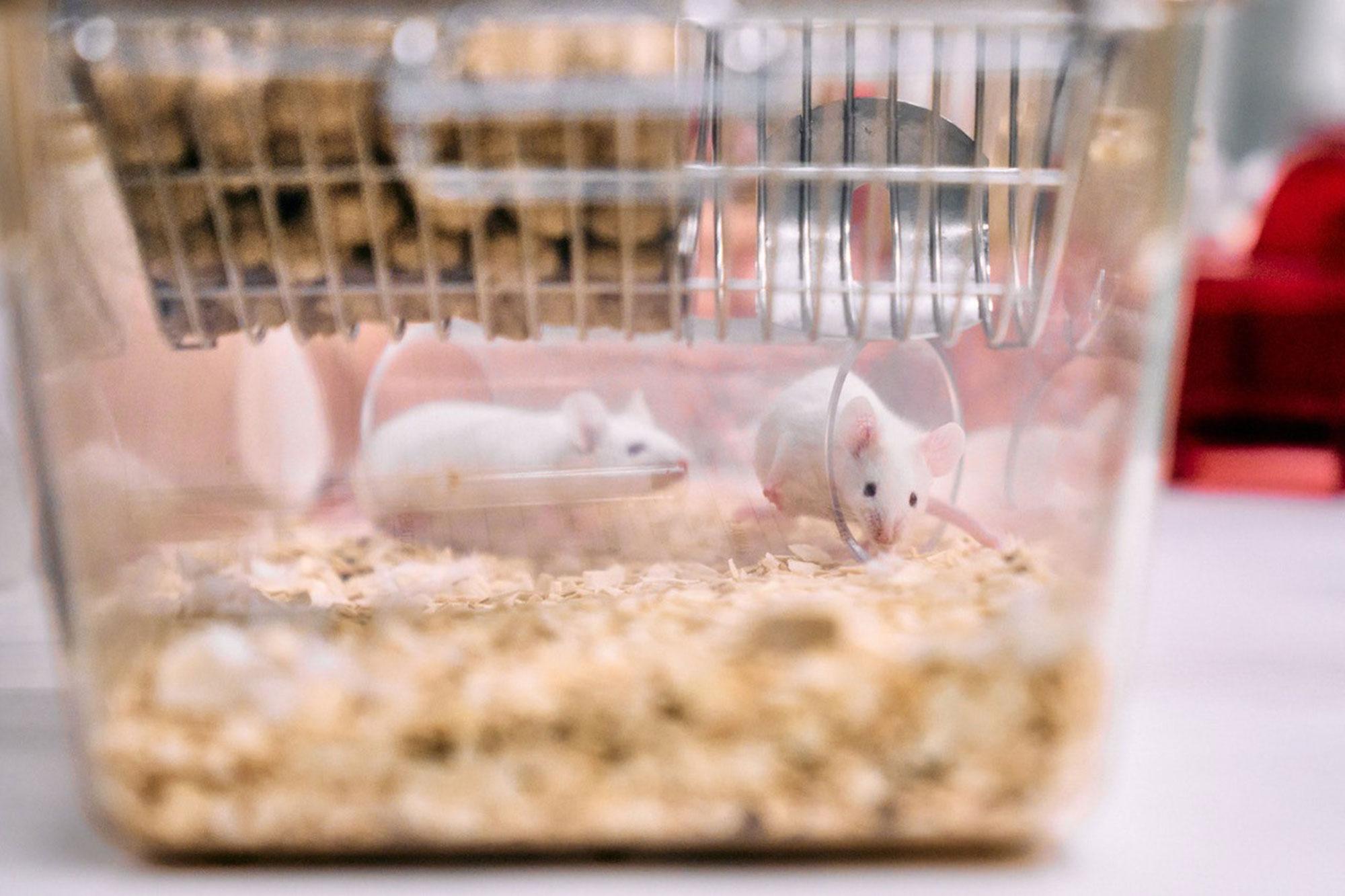A good death? How animal caretakers and researchers handle the stress of euthanasia

A recent workshop on rodent euthanasia combined the perspectives of animal caretakers, researchers and veterinarians to gain a better understanding of the psychological impact.
Hundreds of thousands of rodents are euthanised with CO2 in Switzerland every year after they have been used for animal experiments or because they are surplus to requirements. This method is coming under increasing criticism as it can cause pain, fear, anxiety and respiratory distress in the animals before they lose consciousness. Besides the stress caused to the animals, euthanasia is also psychologically distressing for laboratory staff (animal caretakers and researchers). The project conducted by Sonja Hartnack and her team aims to develop ethically sound criteria to assess euthanasia methods and intervention strategies that improve the wellbeing of laboratory animals and of those who have to euthanise the animals. The project also seeks to strengthen the resilience of those who perform euthanasia and to improve the quality and ethics of euthanasia practice.
You recently held a workshop on refining rodent euthanasia. What were your takeaways and are there already any key insights?
The workshop was part of a four-part series that we are realising in collaboration with an evangelical theologian and nurse who has experience in delivering end-of-life care. The goal was to gather the perspectives of animal caretakers, researchers and veterinarians, particularly with regard to handling the moral or psychological distress that can arise if the person performing the euthanasia is ethically conflicted.
We used a range of methods, such as role play, drawing and group discussions to record experiences and emotions. One of the priorities of the workshop was to help participants develop resilience, for example by discussing cases in a cooperative and supportive way and by giving participants structured opportunities to share their experiences.
It was important to understand the distress of animal caretakers as they are directly and significantly affected. This in turn may compromise their ability to implement the 3R principles in animal experiments.
The key themes of the workshop were the question of what a good death means, the importance of time and respectful handling during euthanasia, the feeling of lacking purpose if the grounds for the euthanasia are not plausible, and the self-perception of animal caretakers and researchers who are often stigmatised by society. Some laboratory staff found situations particularly stressful when, for example, whole families of animals had to be killed, or when they were unable to reach superiors in acute situations.
Who took part in the workshop and how have their perspectives enhanced the project?
The workshop mainly involved animal caretakers, researchers and lab veterinarians. During the workshop it became clear that many researchers had not previously engaged with the perspectives and challenges of animal caretakers. Similarly, animal caretakers had little understanding of the views and constraints of researchers. This interaction resulted in better mutual understanding.
The workshop also showed that young researchers in particular often suffer from a significant conflict of roles, for example when they are pushed to conduct animal experiments or perform euthanasia quickly when they have not yet received a full induction or support.
The workshop helped raise awareness of these different perspectives and promote dialogue between the groups. This allowed participants to better understand the ethical and practical dilemmas of the other group.
What is the current status of your research project?
In parallel to the four workshops, we are preparing a pilot study in which we use eye-tracking technology that records and analyses a person’s eye movements to draw conclusions about their attention, thinking processes and decision-making. Our goal is to analyse how professionals respond visually and emotionally to videos of euthanasia.
We are also planning an extensive international online study to develop a validated questionnaire on the topic of moral distress to systematically record and better understand the psychological impact.
We are currently in the data analysis and instrument development phase and our goal is to implement the next steps over the coming year and then to publish the results. The project is due to run until at least the end of 2026.
What steps are planned to translate the findings from the project into practice?
We plan to use the insights from the eye-tracking study and online survey to develop concrete interventions to tackle moral distress. One focus will be on improving the inductions of and support for professionals in the field of euthanasia, for example through structured training, supervision and the development of collaborative exchange formats.
